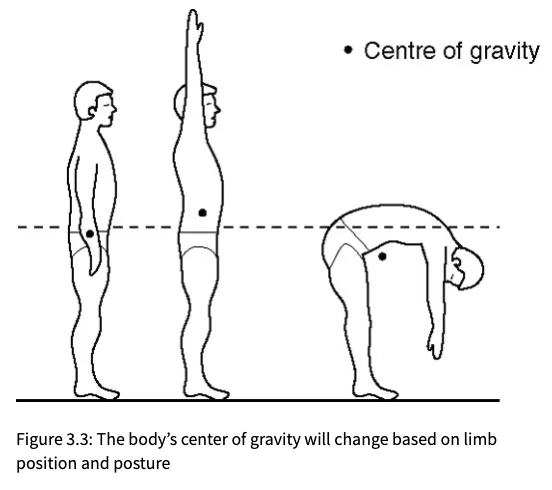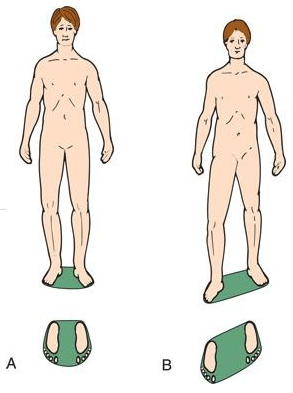Teaching My Teammates: Judo Terms & Concepts (3): Kuzushi
New Terms
Kuzushi (崩し) = unbalancing or off-balancing
• Kuzu (崩) = to collapse, demolish, or break down
Tsukuri (作り) = the visual identity (appearance) of a throw, the positioning of tori’s body to prepare to throw
• Tsuku (作) = 1. to prepare or build, 2. appearance.
Kake (掛け) = in the process of (doing)
• Ka (掛) = midway through, in process
Tori (取り) = the person throwing, “the grabber”
• To (取) = to take or grab
Uke (受け) = the person being thrown, “the receiver”
• U (受) = to accept or receive
Seiryoku Zenyou (精力善用) = good use of energy and strength, often translated as “maximum efficiency”
• Sei (精) = energy
• Ryoku (力) = strength
• Zen (善) = virtuous, good
• You (用) = use
This Week’s Topic: Kuzushi
Before discussing any nage waza (throwing technique) in detail, a judoka (judo player) should have a basic understanding of kuzushi (unbalancing). Throwing someone who is balanced, stable, and not moving requires significant strength and power. One of the main pillars of Judo’s philosophy is seiryoku zenyou–the efficient use of strength and effort. Kuzushi facilitates efficiency of effort when throwing another person.
Bakhtiari, Amirhossein et al. “Real time estimation and tracking of human body Center of Mass using 2D video imaging.” 2011 1st Middle East Conference on Biomedical Engineering (2011): 138-141.
In a normal standing posture, the human body’s center of mass (also known as the center of gravity) is just forward of the sacral bone, slightly below the belly button (shown above in yellow). This IS NOT a fixed position on their body. If one raises their arms over their head, the center of mass moves higher as more of the body’s mass is moved vertically. If slouched over forward with the arms hanging, the center of mass moves forward and down. Note that the center of mass in this instance is outside the body, but still over the feet. Despite being hunched over, this person is balanced, stable, and not moving. Thus, they are not falling.
“Biomechanics of BJJ 5: Gravity/Center of Gravity.” The Grappling Lab, 24 July 2019, thegrapplinglab.com/2019/07/23/biomechanics-of-bjj-5-gravity-center-of-gravity/. Accessed 1 Dec. 2024.
A person is in balance if their center of mass is positioned above their base of support (often colloquially referred to as “base” in combat sports). A person’s base is the entire area beneath them including all body parts in contact with the ground. In standing, there are two points of contact with the floor: the feet. The feet and the area between the person form their base, as shown in the green area below. If you imagine the center of mass in the image below, you can visually estimate that the center of mass is within the boundaries of the person’s base. They are balanced, stable, and not moving. Again, they are not falling.
“Base of Support.” Physiopedia, 2019, www.physio-pedia.com/Base_of_Support. Accessed 1 Dec. 2024.
The Big Idea
Kuzushi is the dynamic process of moving uke’s center of mass outside of its base of support.
If kuzushi is applied properly, the person being thrown (uke) will be placed out of balance, made unstable, and they will begin falling.
It is at this time that the person performing the throw (tori) has the opportunity to execute a nage waza.
If tori is too slow or uncoordinated in their attack, uke will re-establish their base by taking a step–”basing out”–to reconnect with the ground and avoid falling.
In my humble and still-developing green belt opinion:
Kuzushi is the Throw!
Every judo nage waza has three distinct parts.
Kuzushi, the unbalancing.
Tsukuri, the entry.
Kake, the throw.
Kuzushi is the first part of every judo throw. It does not matter if your tsukuri is perfect. Without kuzushi your throw will require significant strength and power to lift, push, or pull uke’s center of mass outside of its base to complete the throw. This is not a “good use of strength and energy.” And thus, it is not good judo. Overwhelmingly, folks who do not have good judo find themselves entering for throws without moving uke or their center of mass.
Kuzushi also continues throughout the throw from start to finish. Remember: kuzushi is the process of moving uke’s center of mass outside of its base. Through tori’s judo, uke’s center of mass is lifted, pulled, or shoved outside of their base of support and continues to be driven intentionally outside of the base until they begin falling. Tori enters the posture and position for the attack (tsukuri) and follows through with the nage waza’s movement to continue the throwing process (kake). This moves uke’s center of mass (read: kuzushi) even further outside of their base–if they’ve even got one under their feet at this point! In the context of judo competition, ideally, uke lands squarely and strongly onto their back and tori wins the match.



